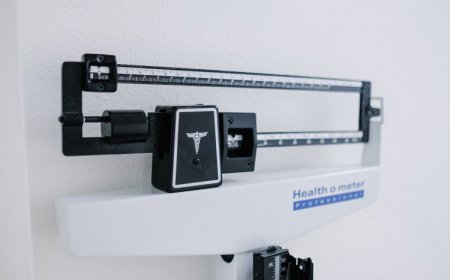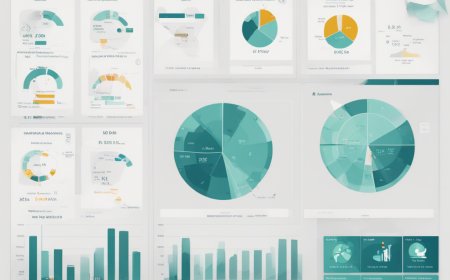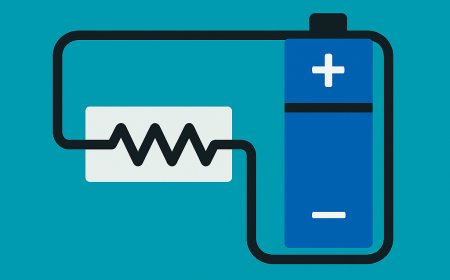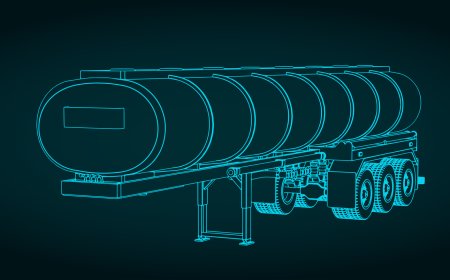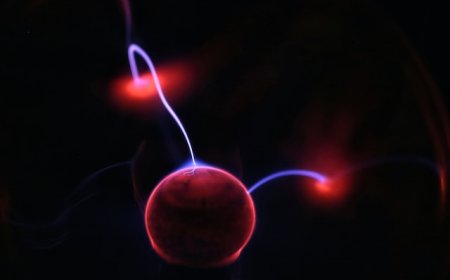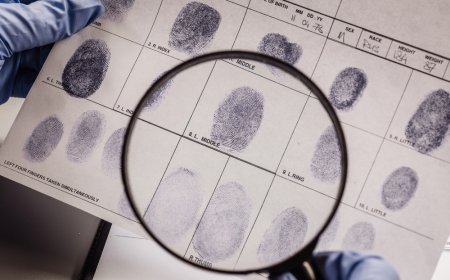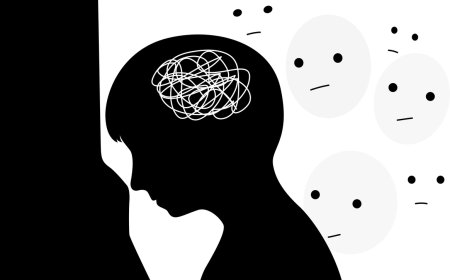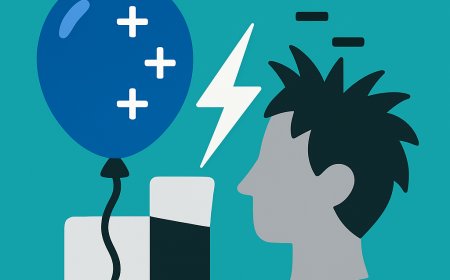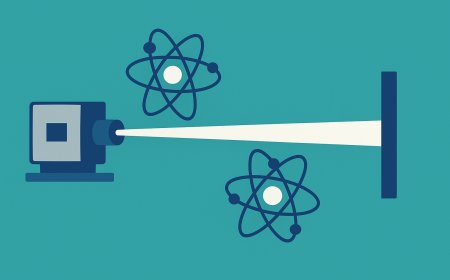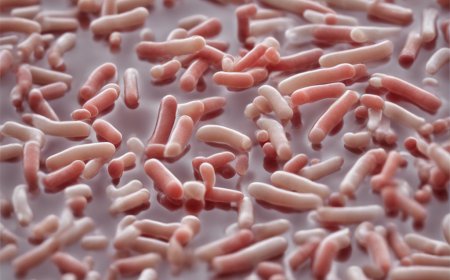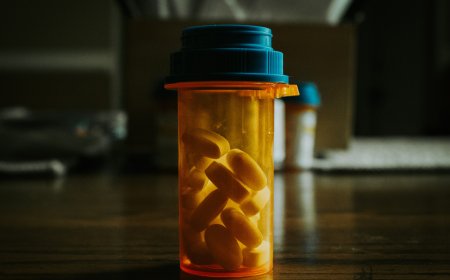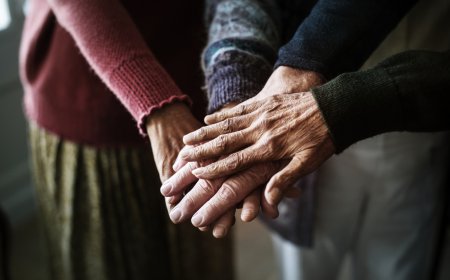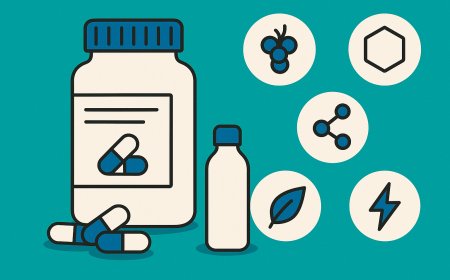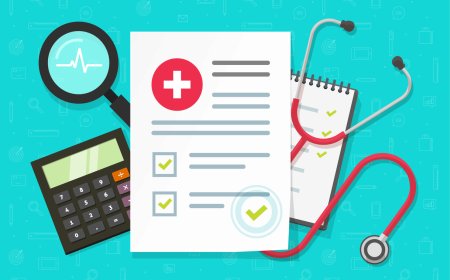No Treatment? No Problem: The Science Behind Control Groups
Unveil the crucial role of control groups in experimental research. Understand how they contribute to the authenticity of research findings and help in establishing the cause-and-effect relationship.

In the world of experimental research, few things are as crucial as establishing a cause-and-effect relationship. It's the process of demonstrating that a particular intervention or treatment leads to specific outcomes. Here's where the control group, an often unsung hero of research design, plays a vital role.
A control group, in the simplest terms, is a group within an experimental study that does not receive the intervention or treatment being tested. This group serves as a baseline for comparison, helping researchers understand what would happen if no changes were applied. In other words, they represent the 'status quo'.
In a typical experimental study, participants are randomly divided into two groups: the treatment group (also called the experimental group), which receives the intervention, and the control group, which does not. The control group might receive a placebo (an inert substance), the standard treatment (in medical research), or no intervention at all.
The purpose of this design is to isolate the effects of the treatment. By comparing the outcomes in the control group with those in the treatment group, researchers can determine whether the differences observed are due to the treatment or if they could be attributed to chance or other confounding factors.
For instance, in a clinical trial testing a new drug, the control group would receive a placebo. If the treatment group (those who received the drug) shows significantly improved outcomes compared to the control group, researchers can infer that the drug is effective.
While this might sound straightforward, using control groups in research comes with challenges. The main issue lies in ensuring that the control group and the treatment group are identical in every aspect except for the treatment. This is where randomization becomes crucial. By randomly assigning participants to the groups, researchers can ensure any differences in outcomes are due to the intervention, not pre-existing differences between groups.
Another challenge arises when studying the effects of interventions that cannot be masked from participants, such as physical therapy techniques. In such cases, researchers might use a wait-list control group, where the control group participants are given the intervention after the treatment group's study period is complete.
Despite these challenges, the control group remains a cornerstone of robust, reliable experimental research. It is through this comparison between 'change' and 'no change' that we can truly evaluate the impact and effectiveness of an intervention or treatment. Without control groups, we would be left guessing whether the observed outcomes were genuinely a result of the intervention or merely a coincidence.
So, the next time you come across an experimental study, remember to check for a control group. It's this silent player that makes the loud proclamation of cause and effect possible in research.
Disclaimer: The image(s) featured in this article are for illustrative purposes only and may not directly depict the specific concepts, situations, or individuals discussed in the content. Their purpose is to enhance the reader's understanding and visual experience. Please do not interpret the images as literal representations of the topics addressed.
What's Your Reaction?









